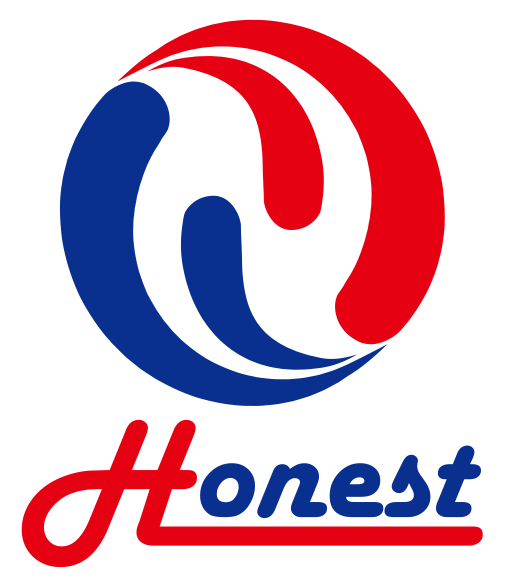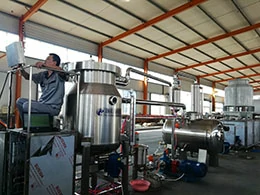Vacuum Frying Benefits
Vacuum frying is a process that is carried out under pressures well below atmospheric levels (below 6.65 kPa).
Low oil absorption is not the only health benefit of vacuum frying systems.
Vacuum-fried products have higher retention of nutritional quality (phytochemicals), color is enhanced (less oxidation). [Shyu and Hwang 2001; Fan et al, 2005; Da Silva and Moreira 2008; Perez-Tinoco et al., 2008]
Oil degradation is reduced compared to atmospheric frying. [Aladedunye and Przybylski, 2009; Shyu et al., 1998]
Lower operating temperatures reduce by 97% the formation of acrylamide in potato chips, a potential carcinogenic found in fried snacks, which is formed by the Maillard reaction involving asparagine as the amino acid. [Granda et al., 2004; Granda and Moreira, 2005)
Small Scale Vacuum Frying System Composition
A vacuum fryer consists of four components: (1) the fryer, (2) the vacuum pump, (3) the de-oiling mechanisms, and (4) the condenser.

The fryer consists of a vessel with a lid where the vacuum gauge is located, a basket where the product is placed, and built the de-oiling mechanism is a centrifuge, where a motor connected to the basket’s rod spins the product at a constant rpm for a period of time.
The vacuum is created by vacuum pumps.
The condenser is a spiral-type heat exchanger, which condenses any vapor coming from the fryer before it reaches the pump. This is necessary to protect the pump from the water vapor, which would damage it mechanism and cause cavitation.
The frying system contains also a frying oil circulation and a filtration system that have been adapted to the special conditions in the vacuum frying installation.
A very important feature of the system is the easy-to-use PLC control system. Touch-screen monitors serve to monitor and control the production line.


